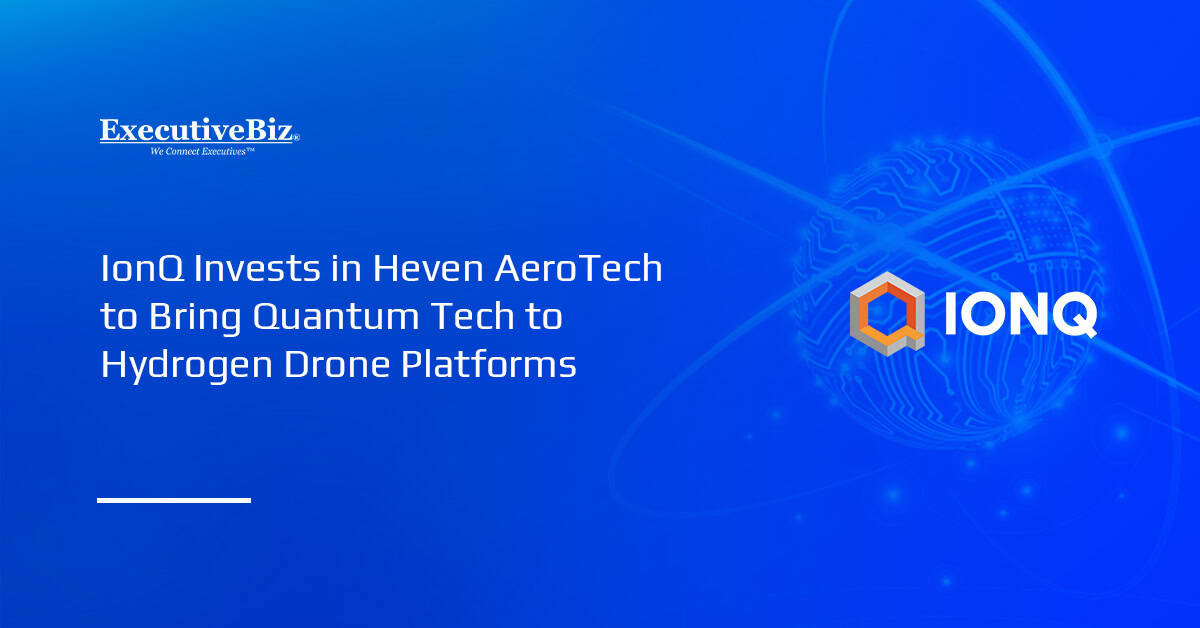Modernization in government has shifted from being aspirational to critical for national readiness, according to an article penned by LMI executives Brian Tonge, platform delivery and digital engineering vice president, and Keith Rodgers, senior vice president of digital, analytic and systems solutions.
Posted on the LMI website, the article identifies myths that slow down modernization and provides steps federal agencies can take to turn concepts into reality.

All departments and agencies across the U.S. government are in the process of modernizing legacy systems to enhance mission execution. Find out how public and private sector leaders are setting the government up to harness new technologies to maintain an edge against global adversaries at the Potomac Officers Club’s 2026 Digital Transformation Summit on April 22. Purchase your tickets today.
What Myths Limit Modernization?
Tonge and Rodgers identified three major myths that affect modernization, the first being the belief that modernization is too costly. The executives explained that inaction is more expensive, because delaying upgrades could lead to cyber vulnerabilities, operational disruption and lost mission opportunities.
They cited LMI’s work with the U.S. Army to migrate from 28 disparate legacy training and education systems to a centralized platform. The platform, Tonge and Rodgers said, serves over 1.5 million and will reduce operational costs by 24 percent.
A second myth is that modernization is solely an IT problem. According to the article, modernization is a mission-wide effort that covers policy, staffing, planning, security and operational outcomes.
The third misconception is that modernization ends once new systems are deployed. Tonge and Rodgers describe modernization as a continuous readiness activity that requires ongoing updates as threats, technologies and mission requirements evolve.
How Must Agencies Address Modernization Challenges?
For agencies to see progress in their modernization journeys, Tonge and Rodgers listed down several steps they can take. First, assess legacy risk and prioritize high-impact modernization areas. They also encourage organizations to adopt incremental rollout plans and make sure that modernization decisions are mission-led. The article authors also called for investments in the workforce through training. Finally, they emphasized the importance of measuring outcomes such as threat reduction, cost savings and mission impact.





